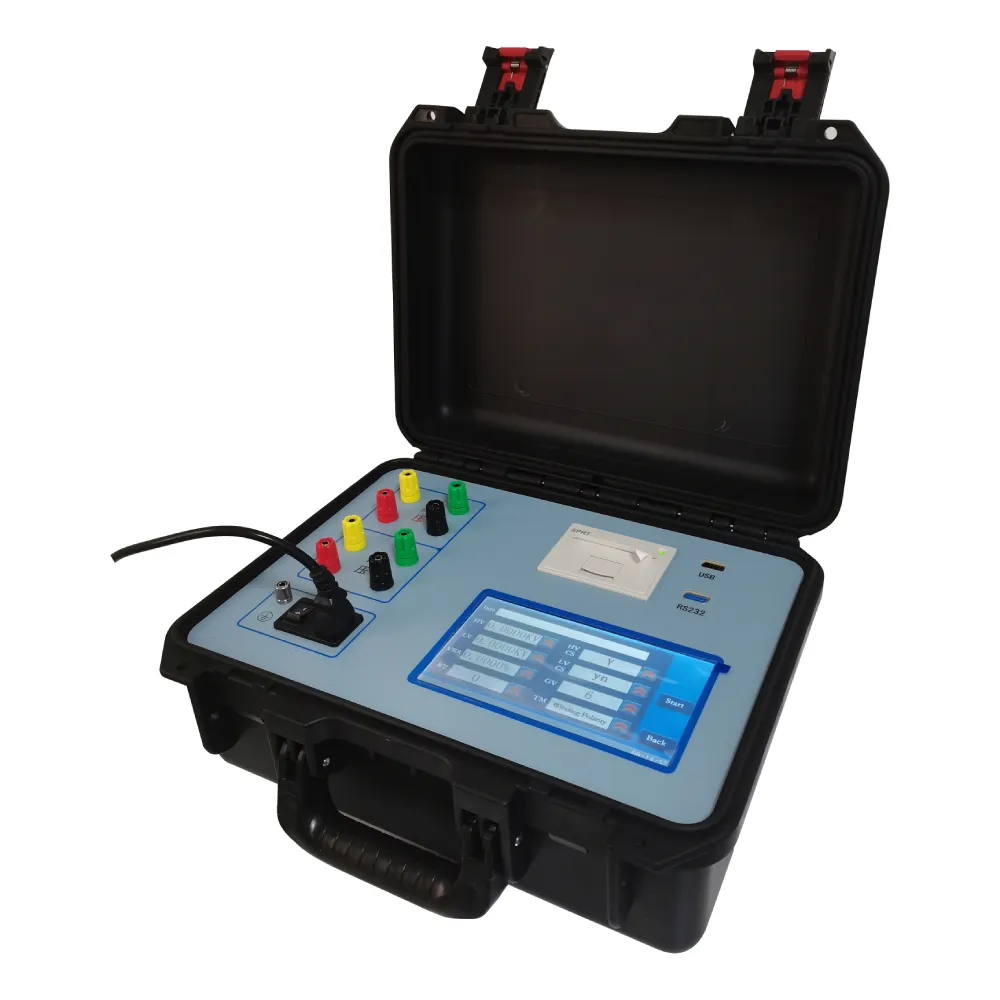 English
English



-
 Afrikaans
Afrikaans -
 Albanian
Albanian -
 Amharic
Amharic -
 Arabic
Arabic -
 Armenian
Armenian -
 Azerbaijani
Azerbaijani -
 Basque
Basque -
 Belarusian
Belarusian -
 Bengali
Bengali -
 Bosnian
Bosnian -
 Bulgarian
Bulgarian -
 Catalan
Catalan -
 Cebuano
Cebuano -
 China
China -
 China (Taiwan)
China (Taiwan) -
 Corsican
Corsican -
 Croatian
Croatian -
 Czech
Czech -
 Danish
Danish -
 Dutch
Dutch -
 English
English -
 Esperanto
Esperanto -
 Estonian
Estonian -
 Finnish
Finnish -
 French
French -
 Frisian
Frisian -
 Galician
Galician -
 Georgian
Georgian -
 German
German -
 Greek
Greek -
 Gujarati
Gujarati -
 Haitian Creole
Haitian Creole -
 hausa
hausa -
 hawaiian
hawaiian -
 Hebrew
Hebrew -
 Hindi
Hindi -
 Miao
Miao -
 Hungarian
Hungarian -
 Icelandic
Icelandic -
 igbo
igbo -
 Indonesian
Indonesian -
 irish
irish -
 Italian
Italian -
 Japanese
Japanese -
 Javanese
Javanese -
 Kannada
Kannada -
 kazakh
kazakh -
 Khmer
Khmer -
 Rwandese
Rwandese -
 Korean
Korean -
 Kurdish
Kurdish -
 Kyrgyz
Kyrgyz -
 Lao
Lao -
 Latin
Latin -
 Latvian
Latvian -
 Lithuanian
Lithuanian -
 Luxembourgish
Luxembourgish -
 Macedonian
Macedonian -
 Malgashi
Malgashi -
 Malay
Malay -
 Malayalam
Malayalam -
 Maltese
Maltese -
 Maori
Maori -
 Marathi
Marathi -
 Mongolian
Mongolian -
 Myanmar
Myanmar -
 Nepali
Nepali -
 Norwegian
Norwegian -
 Norwegian
Norwegian -
 Occitan
Occitan -
 Pashto
Pashto -
 Persian
Persian -
 Polish
Polish -
 Portuguese
Portuguese -
 Punjabi
Punjabi -
 Romanian
Romanian -
 Russian
Russian -
 Samoan
Samoan -
 Scottish Gaelic
Scottish Gaelic -
 Serbian
Serbian -
 Sesotho
Sesotho -
 Shona
Shona -
 Sindhi
Sindhi -
 Sinhala
Sinhala -
 Slovak
Slovak -
 Slovenian
Slovenian -
 Somali
Somali -
 Spanish
Spanish -
 Sundanese
Sundanese -
 Swahili
Swahili -
 Swedish
Swedish -
 Tagalog
Tagalog -
 Tajik
Tajik -
 Tamil
Tamil -
 Tatar
Tatar -
 Telugu
Telugu -
 Thai
Thai -
 Turkish
Turkish -
 Turkmen
Turkmen -
 Ukrainian
Ukrainian -
 Urdu
Urdu -
 Uighur
Uighur -
 Uzbek
Uzbek -
 Vietnamese
Vietnamese -
 Welsh
Welsh -
 Bantu
Bantu -
 Yiddish
Yiddish -
 Yoruba
Yoruba -
 Zulu
Zulu
Investigation of Partial Discharge in Transformer Systems and Its Impact on Performance
Understanding Transformer Partial Discharge Insights and Implications
Partial discharge (PD) is a critical phenomenon that occurs in high-voltage electrical equipment, particularly in transformers. It refers to the localized breakdown of insulation within the transformer, resulting in small, sporadic electrical discharges. Although these discharges are not complete failures, they can lead to severe deterioration of the insulation material over time, ultimately jeopardizing the transformer's operational integrity and lifespan.
Transformers play an essential role in the electrical distribution system, translating high-voltage electricity into usable levels for residential, commercial, and industrial applications. Thus, ensuring their reliability is paramount. One of the primary early warning indicators of insulation deterioration in transformers is partial discharge activity, making it crucial for operators and maintenance personnel to monitor PD levels regularly.
Understanding Transformer Partial Discharge Insights and Implications
The detection and analysis of partial discharge can be accomplished using various diagnostic techniques. Common methods include ultra-high frequency (UHF) detection, which captures high-frequency signals emitted by PD events, and acoustic emission techniques that listen for acoustic signals generated during discharges. Another popular technique is the use of electrical measurements, such as the phase-resolved PD pattern analysis, which can provide detailed insight into the nature and severity of discharges.
transformer partial discharge

Regular monitoring of partial discharges can help operators make informed decisions about transformer maintenance and replacement. High levels of PD may indicate that a transformer is approaching the end of its useful life or that it is experiencing abnormal operational conditions. Early detection allows for corrective actions, such as repairs or replacements to be made before catastrophic failures occur, thereby enhancing the safety of the entire electrical infrastructure.
Furthermore, understanding the characteristics of partial discharge phenomena can lead to improvements in transformer design and manufacturing processes. By identifying how and where PD occurs, manufacturers can enhance the insulation systems used in transformers, potentially leading to more robust and reliable equipment. This ongoing research is vital in ensuring that transformers can withstand the increasing electrical loads and stresses of the modern power grid.
Operators should also be aware of the evolving trends in monitoring technology. Advances in software and data analytics have made it possible to perform more sophisticated analysis of PD data. Machine learning algorithms and artificial intelligence can enhance the capability to predict and analyze PD trends, leading to proactive maintenance strategies that can further extend the life of transformers.
In conclusion, partial discharge monitoring in transformers is an indispensable aspect of asset management in electrical systems. By understanding the causes and implications of PD, operators can ensure that their transformers operate efficiently and safely over their lifespan. The integration of advanced detection and diagnostic tools will continue to play a pivotal role in minimizing risks and improving the reliability of vital electrical infrastructure. As the demand for electricity persists and transformers become even more integral to modern life, addressing partial discharge will remain a top priority for engineers and maintenance teams alike.
-
Testing Equipment Industry Sees Major Advancements in 2025: Smart & Precision Technologies Lead the WayNewsJun.06,2025
-
Applications of Direct Current Generators in Renewable Energy SystemsNewsJun.05,2025
-
Hipot Tester Calibration and Accuracy GuidelinesNewsJun.05,2025
-
Digital Circuit Breaker Analyzer Features and BenefitsNewsJun.05,2025
-
Benefits of Real-Time Power Quality Monitoring Devices for Industrial EfficiencyNewsJun.05,2025
-
Earth Fault Loop Testing in High-Rise Building Electrical SystemsNewsJun.05,2025



